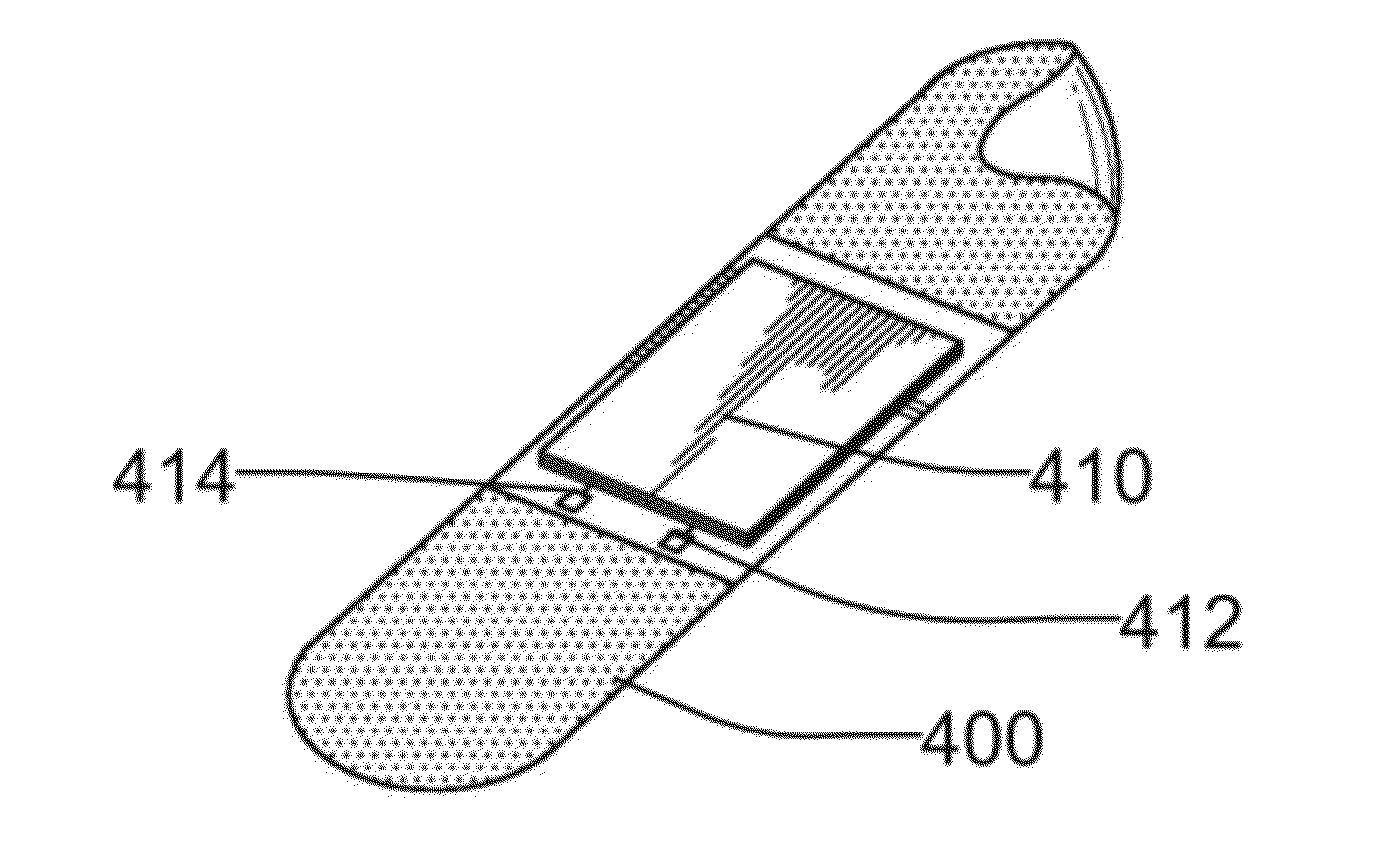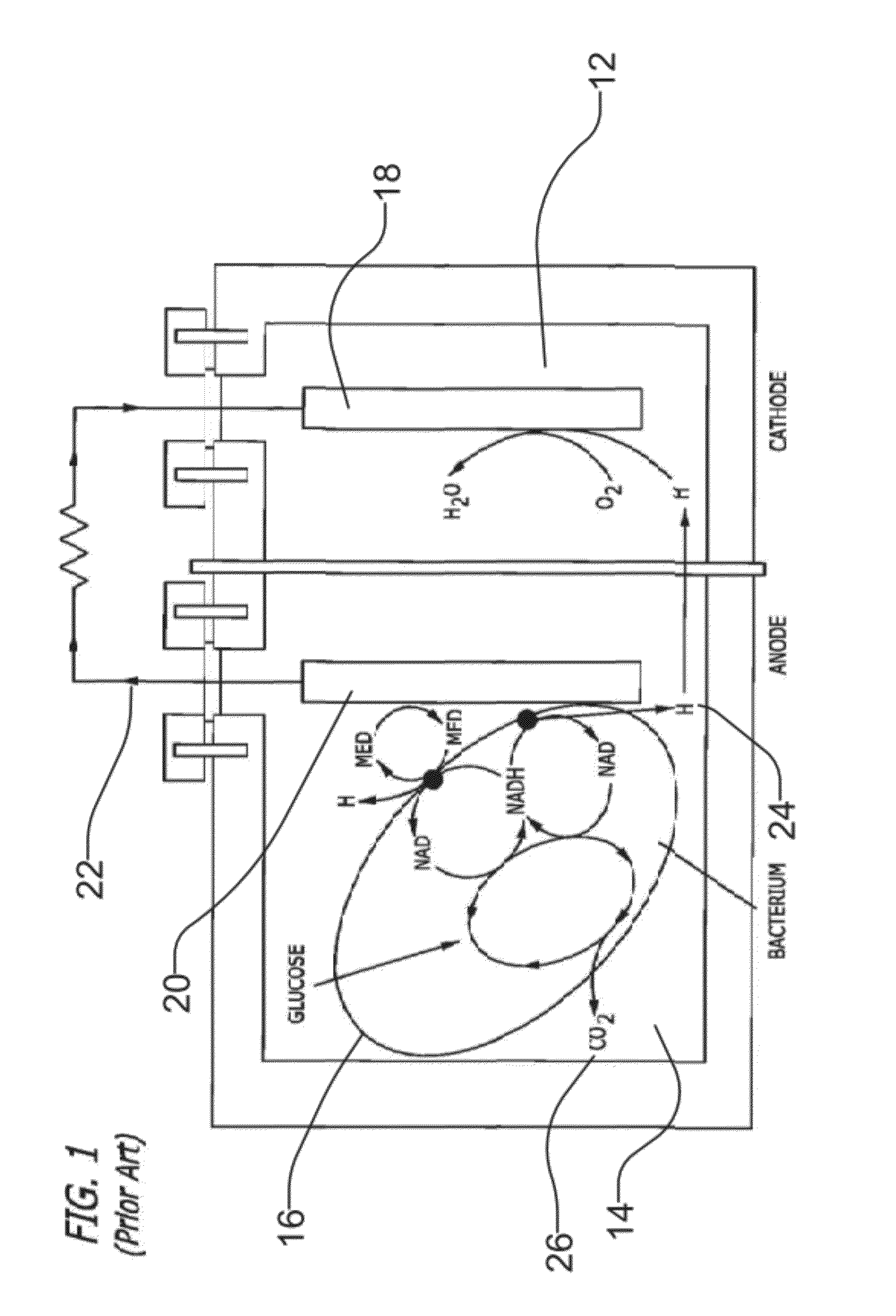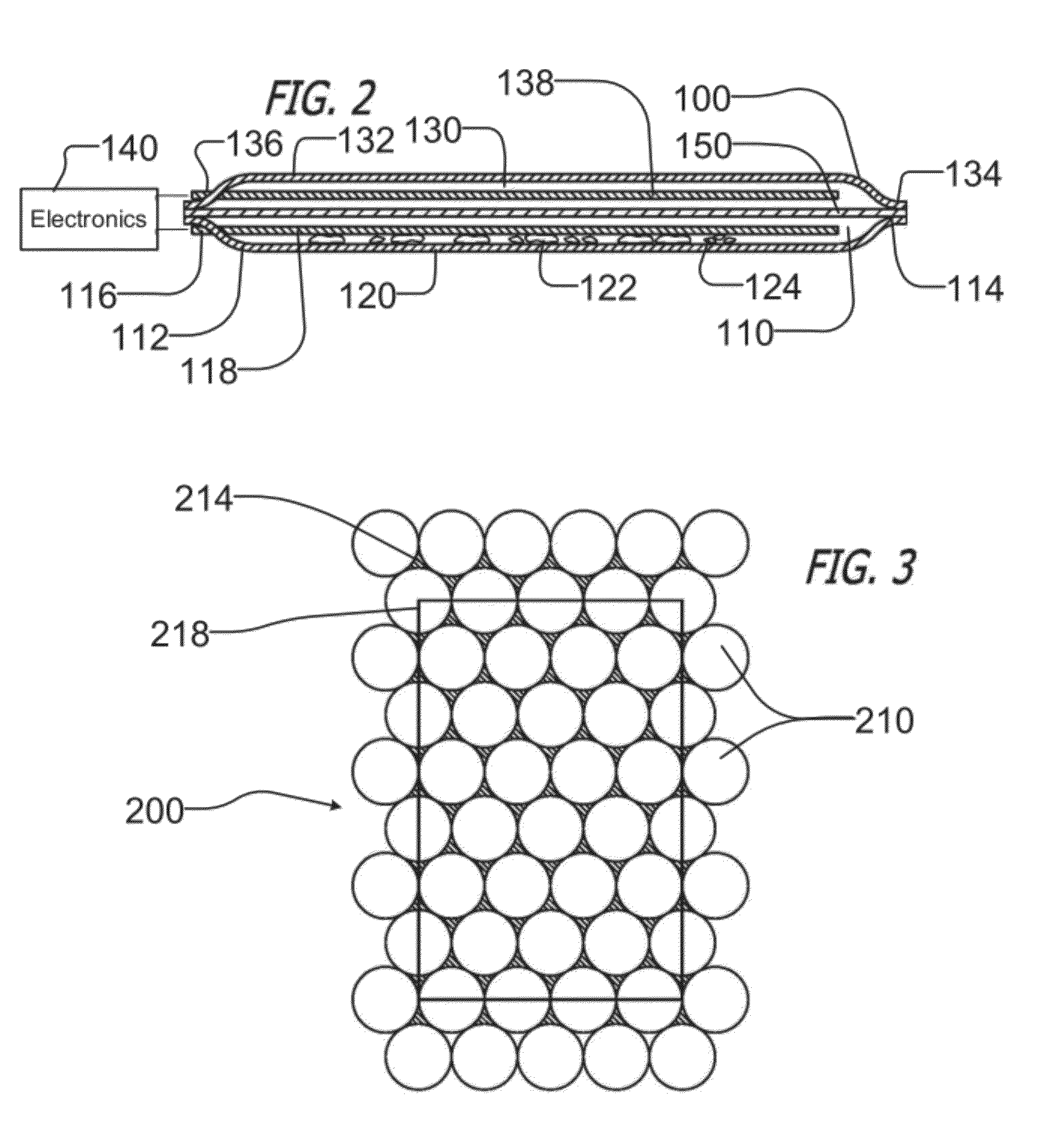Sensor for detecting microorganisms and corresponding process
- Summary
- Abstract
- Description
- Claims
- Application Information
AI Technical Summary
Benefits of technology
Problems solved by technology
Method used
Image
Examples
Embodiment Construction
[0071]A microbial fuel cell (biofuel cell) is a biological reactor that converts chemical energy present in the bonds of organic compounds into electric energy through the catalytic reactions of microorganism, typically in aerobic conditions. They use biocatalysts for the conversion of chemical energy to electrical energy.
[0072]Microbial fuel cells share similarities with conventional fuel cells, but instead of relying on inorganic catalysts like platinum or other noble metals, they use biocatalysts such as enzymes or whole living organisms as catalysts for converting chemical energy into electricity.
[0073]Microbial fuel cells can operate in two ways. They can use biological catalysts—enzymes extracted from biological systems—to oxidize fuel molecules at the anode and to enhance oxygen reduction at the cathode of the fuel cell. Alternatively, whole microbial cells can be used as catalysts in the fuel cells. In both cases, electrical coupling of the biological components of the syste...
PUM
 Login to View More
Login to View More Abstract
Description
Claims
Application Information
 Login to View More
Login to View More - R&D
- Intellectual Property
- Life Sciences
- Materials
- Tech Scout
- Unparalleled Data Quality
- Higher Quality Content
- 60% Fewer Hallucinations
Browse by: Latest US Patents, China's latest patents, Technical Efficacy Thesaurus, Application Domain, Technology Topic, Popular Technical Reports.
© 2025 PatSnap. All rights reserved.Legal|Privacy policy|Modern Slavery Act Transparency Statement|Sitemap|About US| Contact US: help@patsnap.com



